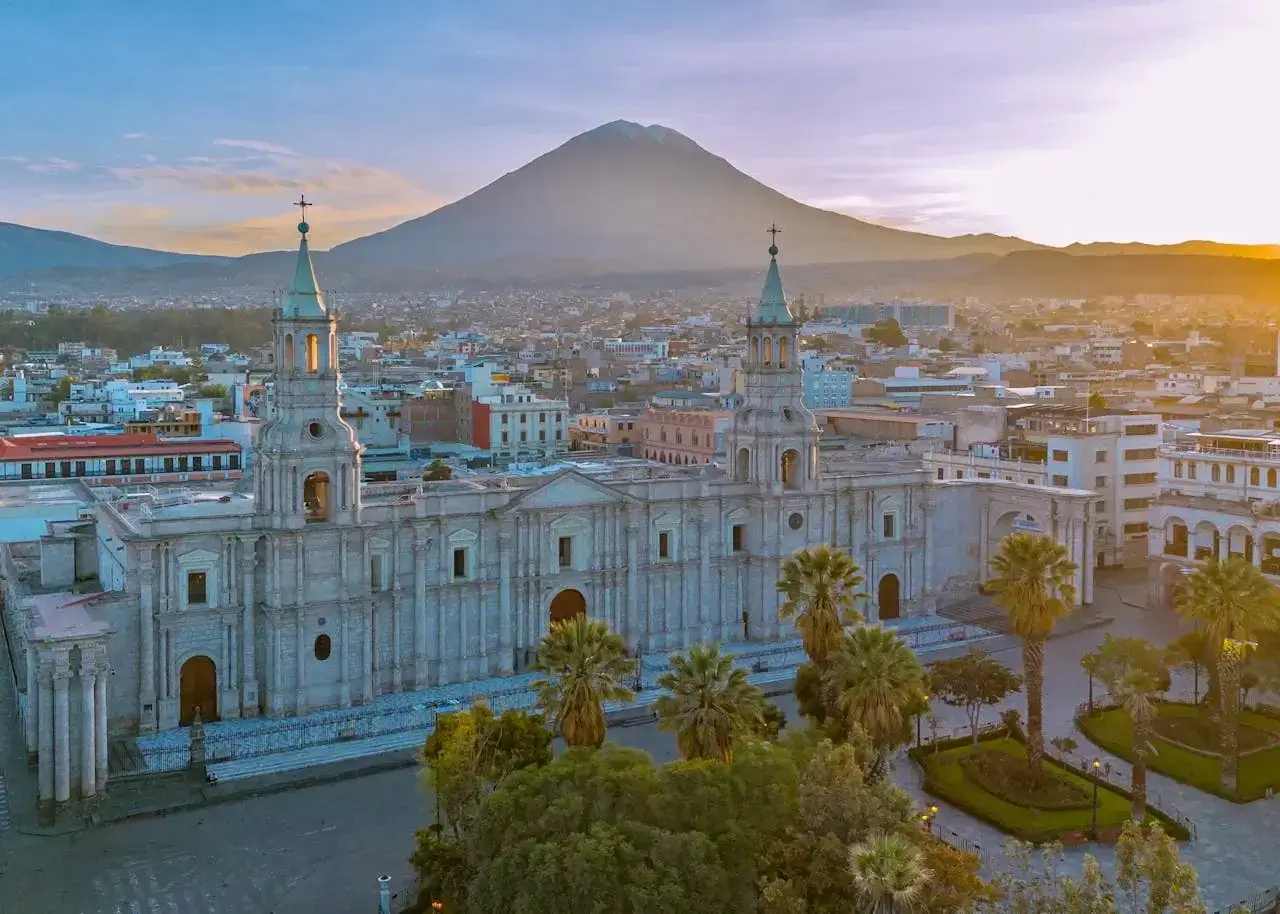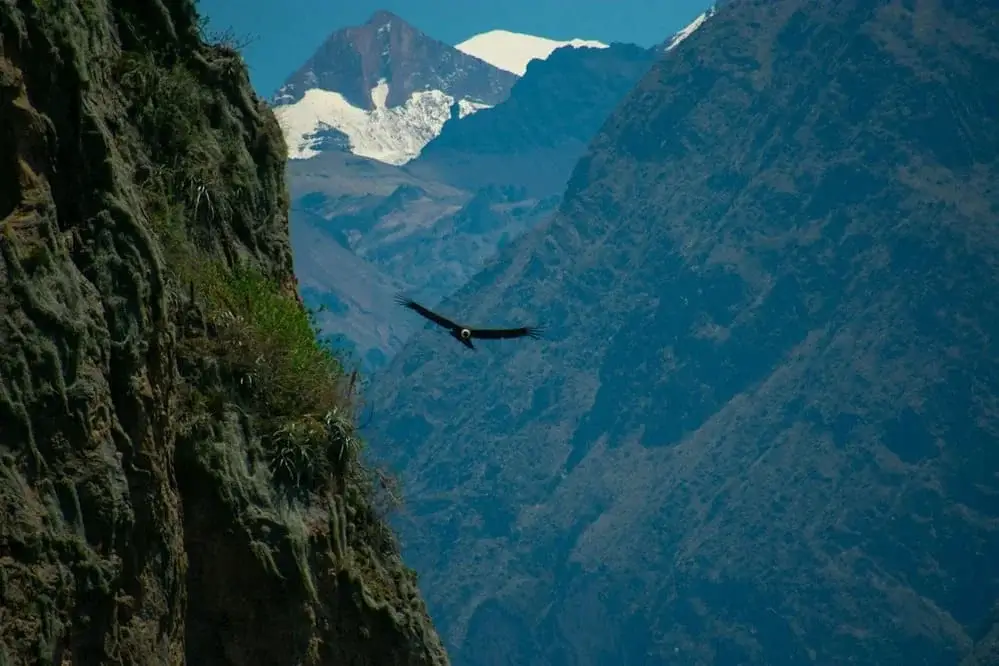Peru, a South American gem nestled on the Pacific Ocean's western coast, is a treasure trove of natural beauty, rich history, and cultural diversity. The best time to visit this vibrant country varies greatly depending on the specific experiences you seek. From the ancient mysteries of the Inca Empire to the lush biodiversity of the Amazon rainforest and the sunny, sandy beaches of the northern coast, Peru offers something for every traveler.
This guide will delve into the best times to visit Peru's distinct regions, ensuring you make the most of your adventure.
Understanding Peru's Diverse Climates
Peru's climate is incredibly diverse, influenced by its varied geography that spans coastal deserts, mountainous highlands, and dense rainforests. Before planning your trip, it's essential to understand these climatic differences and how they affect travel conditions and experiences throughout the year.
The Coastal Climate: Sun, Sand, and Culture
The Peruvian coast, stretching from the bustling capital city of Lima to the serene beaches of Mancora, boasts a predominantly arid climate with warm temperatures and minimal rainfall. The coastal region can be divided into three main areas: the northern, central, and southern coasts, each offering unique attractions and weather patterns.
Exploring Northern Peru's Coastline
Northern Peru, home to cities like Tumbes and Piura, offers a tropical climate with distinct wet and dry seasons.
Summer (December to March): Expect hot and humid weather, with temperatures ranging from 25°C to 35°C. Occasional rain showers can refresh the atmosphere, making it an ideal time for beachgoers.
Winter (June to September): The climate remains warm but more temperate, with temperatures between 20°C and 28°C. This period is excellent for exploring historical sites without the oppressive heat.
Spring and Autumn (April to June and October to November): Temperate, with temperatures between 22°C and 30°C.
Central Coast Highlights: Lima and Ica
The central coast, including Lima and Ica, enjoys a milder climate with less dramatic seasonal changes.
Summer (December to March): warm and sunny, with temperatures between 22°C and 30°C. It's the best time to enjoy Lima's vibrant cultural scene and the sand dunes of Huacachina.
Winter (June to September): cooler and more humid, with foggy mornings and temperatures from 12°C to 20°C. This season offers a unique coastal charm, perfect for museum visits and culinary tours.
Spring and Autumn (April to June and October to November): Temperate and mostly sunny, with temperatures between 18°C and 25°C.
Southern Coast Adventures: Arequipa, Moquegua, and Tacna
Southern Peru's coast, encompassing cities like Arequipa, Moquegua, and Tacna, experiences a dry and sunny climate.
Summer (December to March): hot and ideal for outdoor activities, with temperatures ranging from 18°C to 28°C.
Winter (June to September): cooler and dry, with temperatures between 10°C and 20°C. This period is excellent for exploring historical sites and enjoying the region's unique landscapes.
Spring and Autumn (April to June and October to November): Temperate, with temperatures between 15°C and 25°C.
High Season on the Coast (November to March):
The coastal summer months are perfect for beach activities and water sports, with clear skies and warm temperatures. However, this coincides with the rainy season in the Highlands, affecting travel plans if you wish to explore both regions.
Low Season on the Coast (May to October):
Cooler and cloudier, this period is ideal for those who prefer milder weather and fewer crowds. It's also a great time to explore desert landscapes and coastal cities without extreme heat.
The Andes Region: Majestic Mountains and Cultural Riches
The Peruvian highlands include attractions such as the Humantay Lagoon, the Seven Colors Mountain, Lake Titicaca, the Colca Canyon, Huaraz in the high Andes, and, of course, Machu Picchu. The climate in this region is divided into three seasons:
Rainy Season in the Andes (November to March)
During these months, frequent rains can cause landslides and disrupt travel plans. However, the lush green landscapes are stunning, and fewer tourists means a more peaceful experience. Daytime temperatures range from 15°C to 20°C, while nighttime temperatures can drop to 5°C.
Dry Season in the Andes (May to October)
The dry season is the best time for trekking and exploring the highlands. Sunny days and cool nights (ranging from 0°C to 20°C) make for perfect hiking conditions. The high season peaks in June and July, coinciding with Cusco's vibrant festivals.
Shoulder seasons in the Andes (April to May and September to October)
These transitional months offer mild and pleasant weather, with fewer crowds and reduced rainfall. It's an excellent time to visit iconic sites like Machu Picchu and the Colca Canyon, with daytime temperatures between 15°C and 25°C.
The Peruvian Rainforest: A Biodiverse Paradise
The Peruvian jungle, encompassing regions like Tambopata, Iquitos, and Pucallpa, offers a warm and humid climate with distinct wet and dry seasons.
Rainy Season in the Jungle (November to March)
Frequent and intense rains characterize this period, with daytime temperatures ranging from 25°C to 30°C. While some areas may be challenging to access due to flooding, the lush, vibrant landscape is a sight to behold.
Dry Season in the Jungle (April to October)
The dry season is the best time to visit the rainforest, with less rainfall and lower river levels facilitating travel. Daytime temperatures range from 28°C to 35°C, with cooler nights. This period also sees fewer mosquitoes, making wildlife observation more enjoyable.
Best Time to Visit Machu Picchu: The Crown Jewel of Peru
Machu Picchu, located at the intersection of the Andes and the Amazon rainforest, sits at 2,430 meters above sea level. Rainfall can be expected throughout the year, but in general, the dry season runs from May to October and the wet season from November to April, with heavy rains between January and March.
Although Machu Picchu is open year-round, the dry season is the best time to visit. The weather is usually sunny and dry, perfect for hiking and sightseeing. For this reason, the dry season is also the busiest, with the largest influx of tourists in June, July, and August. Daytime temperatures range between 20°C and 25°C, and nighttime temperatures range between 5°C and 10°C.
The rainy season, from November to April, should not be ruled out. Despite the rain, Machu Picchu's landscape becomes green and lush, creating beautiful scenery for photography. In addition, there are fewer tourists, providing a quieter experience. Daytime temperatures range between 18°C and 22°C, and nighttime temperatures range between 8°C and 12°C.
It should be noted that although rainfall is more frequent between January and March, it does not usually last all day. There may be a few hours of heavy rain, followed by clear skies. Therefore, with proper planning and equipment (raincoats and waterproof footwear), it is possible to enjoy Machu Picchu during the rainy season.
Read our full blog on The Best Time to visit Machu Picchu
Best Time to Visit Arequipa: The white City
The climate in Arequipa differs from that of other Andean cities due to the city's location near both the coast and the Andes. Arequipa receives sunshine every day of the year. The best months to visit are April through November, when skies are clear and blue and temperatures are mild.
One of Arequipa's many attractions, besides the food, volcanoes, and history, is the Colca Canyon, about three hours by car and at an average altitude of 4,500 meters above sea level. Here you can see the third-deepest canyon in the world and spot Andean condors, which can reach a wingspan of 3 meters and weigh up to 10 kilos.
The Colca Canyon is cold at night due to its high altitude, and like Cusco and Puno, the ideal time to visit is during the dry season, which runs from May to November. In addition, condors are most active during this season, so it is also considered the best time to see them. During this period, the Colca Valley registers maximum daytime temperatures of 10°C to 21°C and minimum nighttime temperatures of 0°C to 4°C.
During the rainy season (December to April), Arequipa experiences a temperate and rainy climate, and the Colca Canyon turns green as a result of rainfall. Cloudy skies are frequent, and rain may fall often and for a short time. The temperature ranges from 10°C to 16°C at night and 16°C to 27°C during the day. The advantage is that it is a more relaxed, less touristy, and more affordable time to visit.
Best Time to Visit Lake Titicaca:
Lake Titicaca is located in Puno, the southern region of Peru, at 3,812 meters above sea level and is an hour's flight or ten hours by bus or train from Cuzco. Temperatures can be freezing at any time of the year due to the high altitude, although the weather can vary slightly between seasons.
The dry season runs from April to October, with clear blue skies and little or no rain. This is the best time to visit, as you can explore the area without getting wet; however, temperatures can get frigid, especially at night and early in the morning. During this time, Puno's average daily temperature ranges between 14°C and -1°C.
Temperatures rise from November to March, and there are fewer tourists. If you travel by train from Cuzco, you will see the beautiful and unique green panorama of the Altiplano, with numerous llamas and alpacas along the road.
The scenery is magnificent, colorful, and green in its own way. The downside is that it is also the rainy season. Rain can cause low visibility, making it difficult to see the lake in all its grandeur, especially between late December and late February.
Best Time to Visit Iquitos
You can visit Iquitos at any time of the year. The best thing about this destination is that it really depends on your personal preferences.
There is always a good time to visit Peru to see the Amazon River, and you can make the most of your trip there by taking advantage of various cons depending on the season you visit.
Iquitos' Amazon rainforest climate is divided into two seasons: high water and low water. The average high temperature in Iquitos is 32°C, and the average low temperature does not drop below 21°C all year round.
Thanks to the rising water level, which reaches 12 meters, the boats can reach the highest parts of the treetops and the most remote parts of the Iquitos jungle, allowing you to see a wide variety of animals and birds up close, such as the three-toed sloths that live in the densely flooded forests, and to capture magnificent photographs, making it ideal for anyone who has difficulty walking for long periods of time.
It is a good time to explore the Amazon by cruise ship, as the boats will take you to areas where hiking is normally necessary. The flood season is also an excellent time to witness the mirror effect in the clean waters of the Amazon; the incredible reflection of the sky, trees, and vegetation is unique.
In addition, plants bloom, trees bear abundant fruit, and animals such as the pink river dolphin give birth during this time.
Planning Your Perfect Peruvian Adventure
Peru's diverse climates and landscapes offer something for every traveler, regardless of the time of year. By understanding the regional differences and seasonal variations, you can plan a trip that aligns with your interests and preferences.
Coastal Adventures: November to March for beach activities and outdoor fun.
Highland Explorations: April to November for trekking and cultural experiences.
Jungle Expeditions: April to November for optimal biodiversity and jungle excursions.
Ultimately, the best time to visit Peru depends on your chosen activities and regions. Whether you're trekking to ancient ruins, basking on sunny beaches, or exploring the depths of the Amazon rainforest, Peru promises an unforgettable journey filled with natural and cultural wonders.
Read our full blog on Time and Weather in Peru: The Best Time to Visit & What to Expect Across Regions
FAQs
What is the best time to visit Machu Picchu?
The best time to visit Machu Picchu is during the dry season, from May to October. The weather is generally sunny and dry, making it ideal for hiking and sightseeing.
When is the rainy season in Peru?
The rainy season in Peru typically runs from November to March, with the heaviest rainfall occurring between January and March.
Is it safe to visit Peru during the rainy season?
Yes, it is safe to visit Peru during the rainy season, but travelers should be prepared for potential disruptions such as landslides and limited access to certain areas. Proper planning and equipment are essential.
What are the best months to visit the Peruvian coast?
The best months to visit the Peruvian coast are from November to March, when the weather is warm and sunny, perfect for beach activities.
Can I visit the Amazon rainforest year-round?
Yes, the Amazon rainforest can be visited year-round, but the dry season from April to October offers easier access to different areas and fewer mosquitoes.
What should I pack for a trip to Peru?
Packing for Peru depends on the regions you plan to visit. Essentials include lightweight clothing for the coast, warm layers for the highlands, and waterproof gear for the rainforest. Always bring comfortable walking shoes and sun protection.
Peru offers an incredible variety of experiences year-round, thanks to its diverse climates and landscapes. Whether you’re drawn to the sunny beaches of the coast, the majestic peaks of the Andes, or the lush biodiversity of the Amazon rainforest, there's always a perfect time to visit.
With careful planning and consideration of regional and seasonal variations, you can tailor your journey to match your interests and ensure a truly unforgettable adventure. Wherever and whenever you choose to go, Peru promises a rich tapestry of culture, history, and natural wonders waiting to be explored.
Ready to explore the diverse wonders of Peru? Whether you're dreaming of trekking the Andes, relaxing on sunlit beaches, or immersing yourself in the lush Amazon rainforest, the perfect time to visit awaits. Let us help you plan your unforgettable Peruvian adventure! Book your journey today and experience the magic of this incredible destination.
By considering these factors and planning your trip accordingly, you can ensure an unforgettable experience in Peru, no matter when you choose to visit. Enjoy the journey through this diverse and beautiful country!






